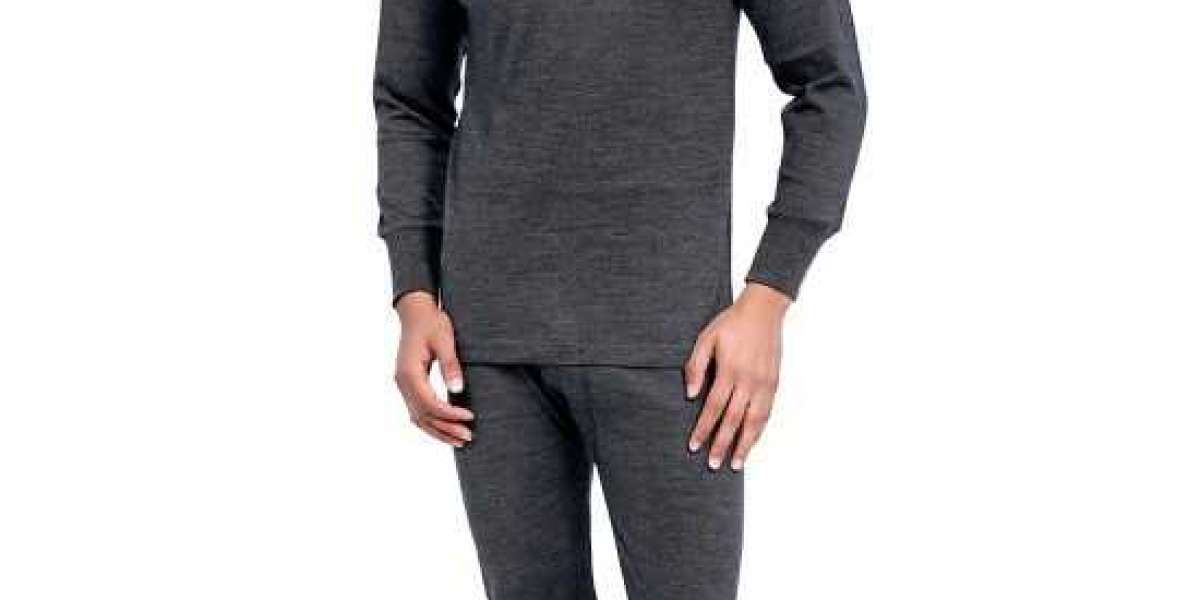Base Layer Clothing
When it comes to staying warm and comfortable in cold weather, base layer clothing plays an essential role. This foundational garment is designed to sit close to your skin, providing the first line of defense against the chill. Whether you're an outdoor enthusiast, a winter sports lover, or simply someone who needs to brave the cold for daily activities, understanding base layer clothing can significantly enhance your comfort and performance.
What is Base Layer Clothing?
Base layer clothing is the layer of clothing worn directly against the skin, primarily designed to manage moisture and regulate body temperature. Unlike regular clothing, base layer clothing is specifically engineered to wick sweat away from the skin, keeping you dry and warm. This feature is crucial because moisture can lead to heat loss, making you feel colder.
Types of Base Layer Fabrics
Synthetic Fabrics: Common materials include polyester and nylon. These fabrics are excellent at wicking moisture away from the skin and drying quickly. They are also durable and tend to be more affordable. However, they can retain odors more than natural fabrics.
Wool: Merino wool is a popular choice for base layer clothing. It is naturally moisture-wicking, breathable, and has excellent insulating properties. Wool is also odor-resistant, making it ideal for extended wear. It tends to be more expensive but offers superior comfort and performance.
Silk: While less common, silk base layers provide a lightweight, smooth option that is effective at wicking moisture. Silk is not as warm as wool or synthetics but can be a good choice for mild cold weather.
Blends: Many base layer clothing options combine different fabrics to leverage the benefits of each. For example, a blend of wool and synthetic fibers can offer warmth, moisture management, and durability.
Choosing the Right Base Layer
Selecting the right base layer clothing depends on various factors, including the activity, weather conditions, and personal preferences. Here are some key considerations:
Activity Level: For high-intensity activities like skiing, hiking, or running, choose a lightweight and highly breathable base layer to ensure moisture is efficiently wicked away. For lower-intensity activities or very cold conditions, a midweight or heavyweight base layer may be more appropriate.
Fit: Base layer clothing should fit snugly against your body without being too tight. A close fit ensures effective moisture wicking and thermal regulation. Avoid overly loose base layers, as they can trap moisture and reduce the insulating properties.
Temperature: Consider the external temperature and your tolerance to cold. Lightweight base layers are suitable for mild cold, while heavier options are better for extremely cold conditions.
Comfort: The comfort of your base layer clothing is crucial, especially for extended wear. Look for seamless designs or flat seams to minimize chafing. Additionally, consider the feel of the fabric against your skin—merino wool, for example, is often praised for its softness and comfort.
Benefits of Base Layer Clothing
Moisture Management: The primary function of base layer clothing is to manage moisture. By wicking sweat away from your skin, it helps keep you dry and comfortable, preventing the chill that comes from wet clothing.
Thermal Regulation: Base layer clothing helps regulate your body temperature by trapping a layer of warm air close to your skin. This insulation keeps you warm in cold conditions and can also help prevent overheating during high-intensity activities.
Odor Control: Many base layer clothing options, especially those made from wool, have natural antimicrobial properties that reduce odor. This feature is particularly beneficial for multi-day outdoor activities where frequent washing isn’t an option.
Versatility: Base layer clothing is versatile and can be used in various conditions. It can serve as a standalone top in mild weather or as part of a layering system in colder climates. This versatility makes it a valuable addition to any wardrobe.
Caring for Base Layer Clothing
Proper care extends the life of your base layer clothing and maintains its performance. Here are some general tips:
Follow Manufacturer Instructions: Always check the care label and follow the manufacturer's recommendations for washing and drying.
Use Mild Detergents: Harsh detergents can damage the fabric and reduce its moisture-wicking properties. Opt for mild, fragrance-free detergents.
Avoid Fabric Softeners: Fabric softeners can coat the fibers and inhibit moisture wicking. Skip them to maintain the effectiveness of your base layer clothing.
Air Dry: Whenever possible, air dry your base layers to prevent shrinkage and maintain the fabric's integrity. If you must use a dryer, select a low heat setting.
Conclusion
Investing in high-quality base layer clothing is a smart decision for anyone facing cold weather. Whether you choose synthetic, wool, silk, or blended fabrics, the right base layer will enhance your comfort by managing moisture, regulating temperature, and providing essential insulation. Remember to consider your activity level, the fit, and the specific weather conditions when selecting your base layer clothing. With proper care, these garments will serve you well, ensuring you stay warm, dry, and comfortable no matter the conditions.
By understanding and choosing the appropriate base layer clothing, you can enjoy outdoor activities and daily life in cold weather with greater ease and comfort.







